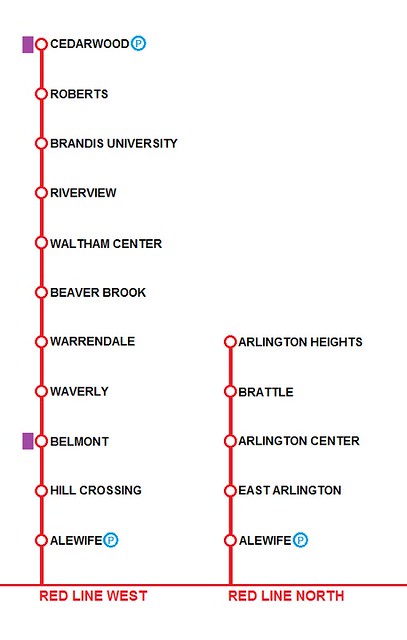NSRL probably wouldn't work for that because it isn't outright replacing the surface terminals. It doesn't have
that much capacity because its incredible steepness keeps even the most nimble of EMU's running slow single-file through each of the 2 NB, 2 SB tracks of the Link and the underground junctions. With less overall throughput and slower trip if Central Station gets built and takes any significant chunk of the schedule. The Link definitely blows the lid of capacity on every mainline because the terminal capacity is the ultimate limiter to how close you can pack the trains anywhere fanning out. So northside and southside each having a Terminal A and Terminal B option is where all the gains happen. NEC, B&A, Old Colony, Eastern Route, NH Main, Midland (Fairmount/Franklin), Fitchburg Main: all of them can have service density shooting to the moon if the start of the northside or southside terminal districts and great mash-together of all lines gives each of them 2 routes to divvy up and manage the mash-up. The only lines still limited by non-terminal track capacity are: the outside-128 branches still governed in part by their parent mainlines' track capacity (though the branch service density shoots through the moon too), the partially single-track inner Western Route, and perennial NEC odd-man-out Needham. The latter two in a NSRL universe probably (at long last) being expunged from commuter rail entirely and converted to Orange Line extensions so there's no also-rans dragging up the rear of the supersized CR system and depriving some dense inside-128 destinations of the frequent service everyone else gets to enjoy. It's most definitely not a substitute for rapid transit; if anything it majorly heightens the urgency to finish the
ambitious 1945 expansion plan.
So it's not a SEPTA thing where the surface terminals are being 1:1 swapped for a thru-running tunnel. You'll have 2 final terminal approaches--each with finite capacity--to choose from. And if you want to wring the tippy-toppiest capacity out of each mainline to scale to each and every demand profile--inside-128, 128-to-495, past-495, regional intercity, and Amtrak/long-haul--you're still going to be bullseyeing the fattest targets and not throwing the kitchen sink's worth of niche services down the tunnels, through the North Station drawbridges, and through Cove interlocking. Indigo operations, most definitely...super-small xMU's or railbus thingies, no. If anything those Indigo trains are going to be swelling well beyond married-pair or married-triplet single xMU's and start running as 2- or 3-car lash-ups most hours of the day with Blue/Orange-approximate seating capacity. Slots are still too valuable to waste on a railbus.





